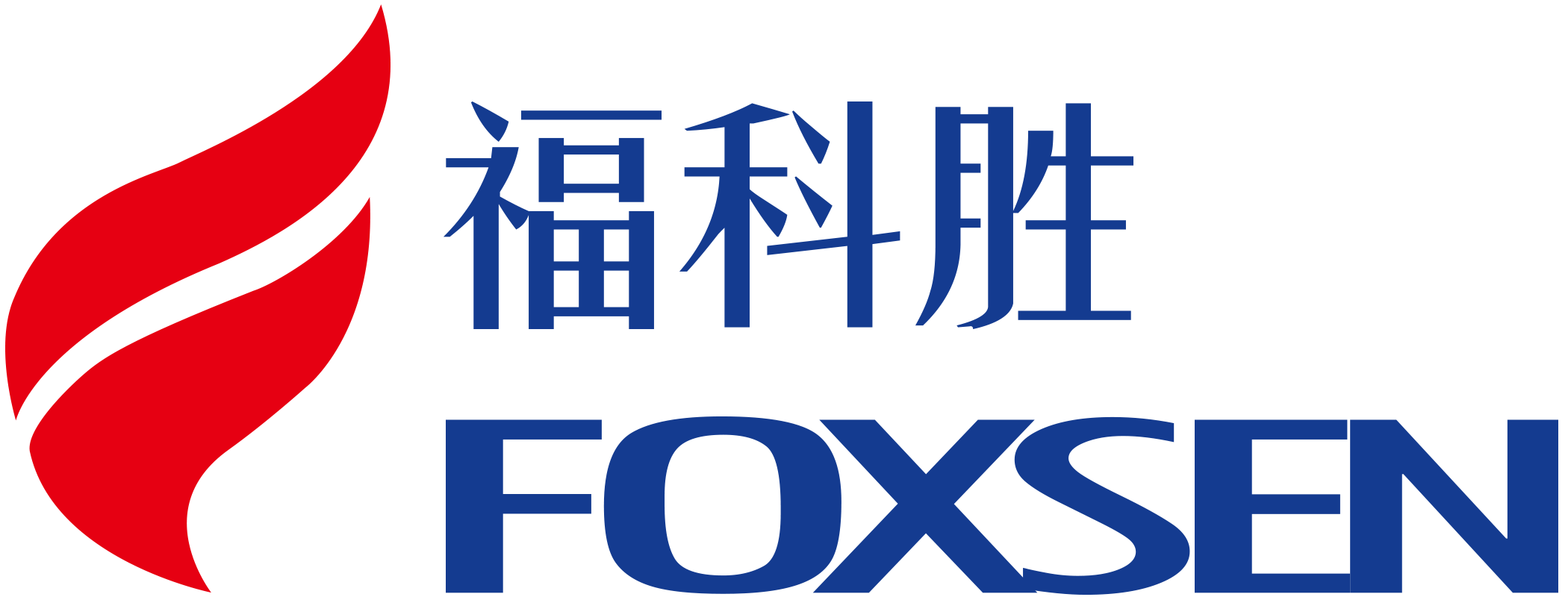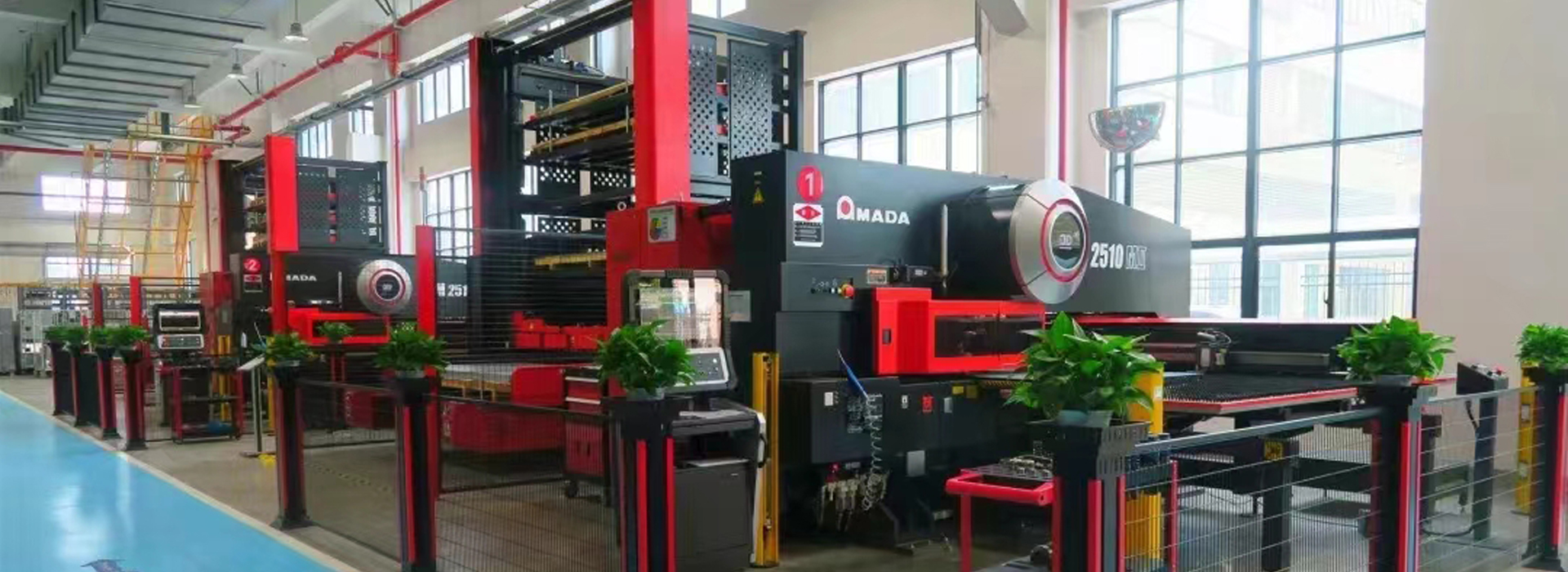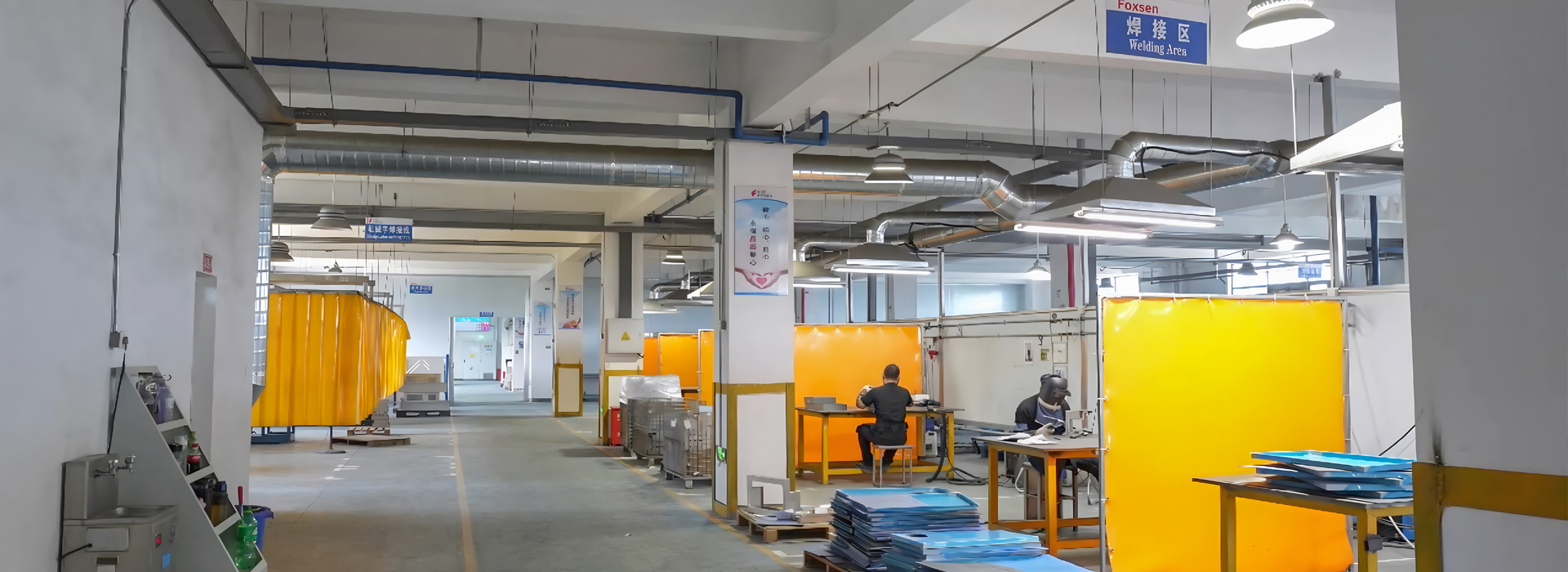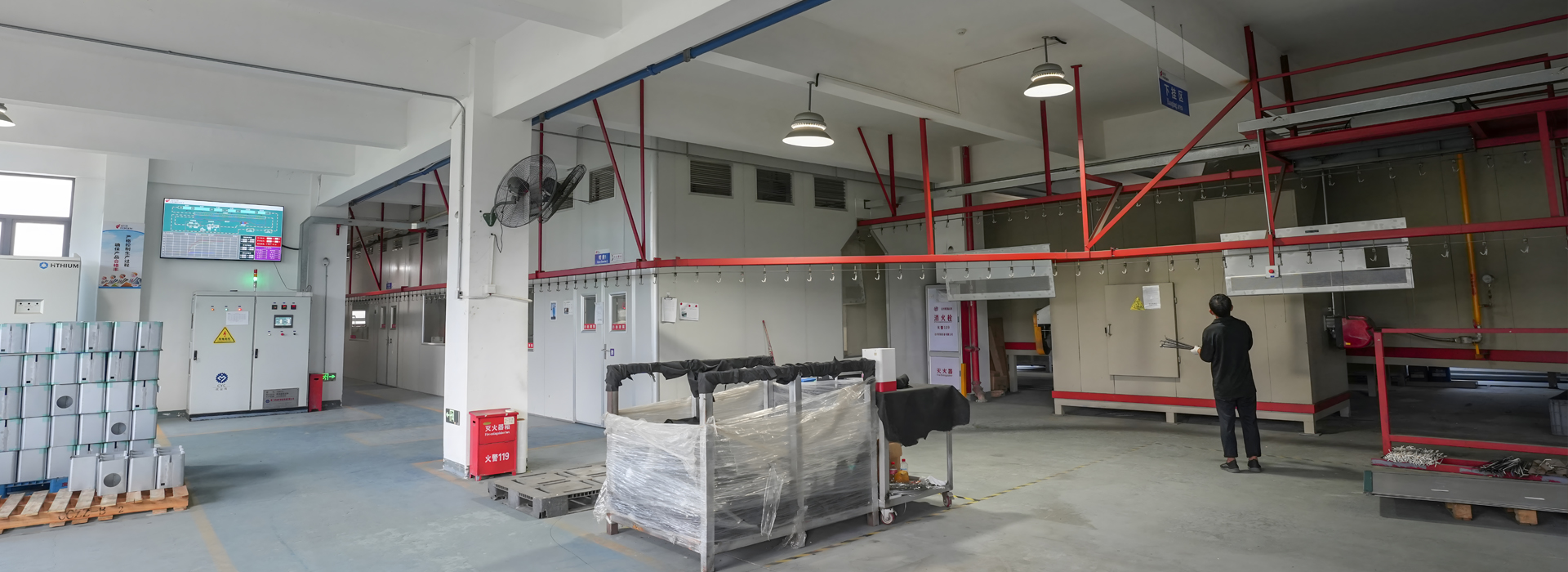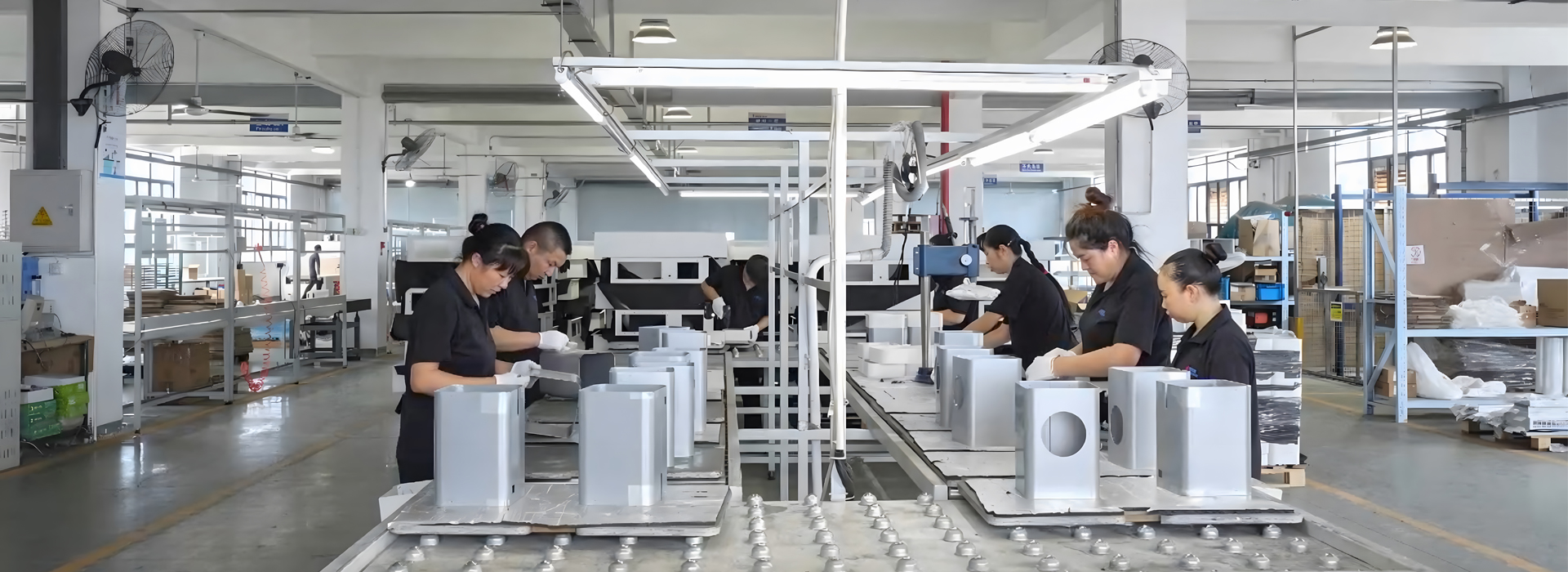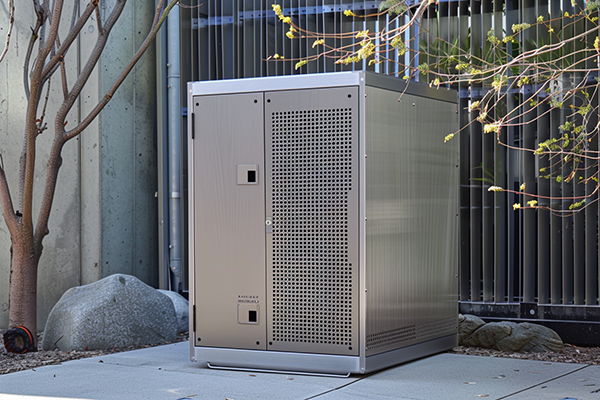
When I pick a sheet metal rack mount enclosure, I’m not just choosing a box. It’s about keeping important equipment safe and working well. Size, material, and environment are very important in this choice. For example, enclosures with special coatings allow less air exchange, sometimes less than once an hour. Others allow five to thirteen exchanges per hour. These differences affect cooling and how long they last. That’s why I use a guide to help decide. Companies like Foxsen make it simple by offering custom solutions. They provide exact sizes and special finishes for different needs.
Key Takeaways
Pick the right size for your box. Measure your gear and leave room for air and upgrades.
Choose materials based on where it will be used. Steel works well outside, and aluminum is light and doesn’t rust.
Learn about NEMA and IP ratings. These show how well the box keeps out dust and water to protect your gear.
Make sure it has good airflow. Air helps stop overheating and keeps things working well.
Take care of it often. Clean the box, check for damage, and oil moving parts to make it last longer.
Understanding Sheet Metal Rack Mount Enclosures
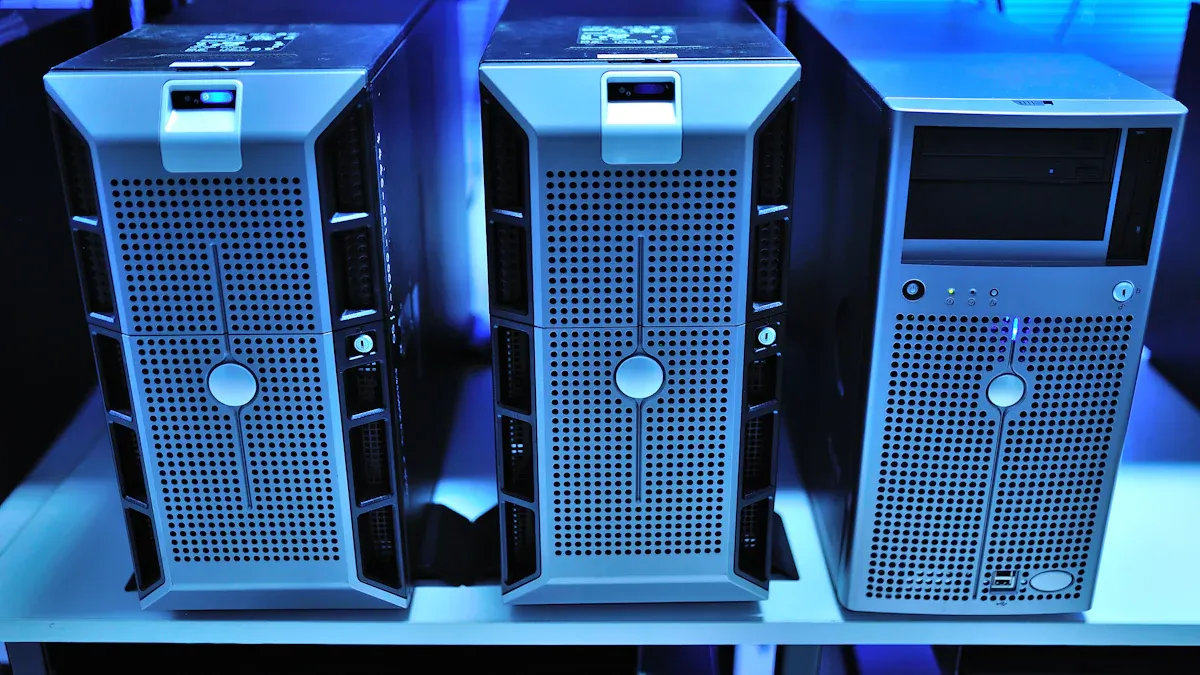
What Is a Sheet Metal Rack Mount Enclosure
A sheet metal rack mount enclosure is a strong box. It protects and organizes electronic devices. These enclosures follow rules to fit and work well. For instance, the 19-inch rack rule is common. It means the frame fits modules with a 19-inch (482.6 mm) front panel. This rule helps mount servers, network tools, and other gadgets easily.
Here’s a simple list of key features:
These features make the enclosure useful and dependable. Vented doors help airflow. Removable roof plates make cable setup easier.
Applications of Sheet Metal Enclosures
Sheet metal enclosures are used everywhere. They work in many industries like cars and gaming. Their flexibility helps protect devices in different places. Here are some examples:
In the medical field, these enclosures keep life-saving tools safe and durable. In gaming, they make machines look good and work well. Their flexibility makes them a top choice for many industries.
Key Factors for Choosing a Sheet Metal Enclosure
Picking the Right Size and Dimensions
Size is the first thing to check. The enclosure must fit the equipment well. If it’s too small, it can cause damage. I also plan for future needs. Extra space helps if I add more parts later.
Here are some size examples:
12 x 12 inches: Good for small setups at home.
24 x 18 inches: Works for medium systems like factory machines.
36 x 30 inches: Best for big systems with many parts.
Inside layout matters too. Cables need to be neat, and airflow is important. Maintenance should be easy. For outdoor use, I check ratings like NEMA 4 or IP65. These mean it’s safe from water and dust. Indoor setups usually need NEMA 1 or IP20 ratings.
Tip: Measure your equipment carefully. Leave space for cooling and airflow.
Choosing the Right Material
The material affects how strong and reliable the enclosure is. I look at strength, rust resistance, and weight. Stainless steel is tough and doesn’t rust. Aluminum is light and easy to shape, great for portable projects.
Here’s a quick material guide:
Stainless Steel: Strong and good for rough conditions.
Aluminum: Light and easy to work with, great for moving around.
Titanium: Very strong and rustproof but costs more.
Each material has pros and cons. I pick based on the project. For outdoor setups, rust resistance is key. For indoor use, I focus on saving money.
Checking Environmental Conditions
Where the enclosure will be used is very important. Outdoor enclosures need to handle rain, dust, and heat changes. NEMA 4 or IP65 ratings are best for this. Indoor ones can be simpler, like NEMA 1 or IP20 ratings.
The environment also affects material choice. Aluminum is good in wet places because it doesn’t rust. Stainless steel works better in extreme weather.
Here’s a table of environmental factors:
Knowing the environment helps me pick an enclosure that works well and lasts longer.
Understanding Compliance Standards (NEMA and IP Ratings)
When picking a sheet metal rack mount enclosure, knowing compliance standards like NEMA and IP ratings is key. These ratings show how well the enclosure protects equipment from things like dust and water, keeping it safe and lasting longer.
What Are NEMA Ratings?
NEMA (National Electrical Manufacturers Association) ratings tell how strong an enclosure is against outside conditions. They focus on keeping out dust, water, and other elements. For example, NEMA 1 is for basic indoor use, while NEMA 4 keeps out water and dust, making it good for outdoor setups. I always check these ratings to match the enclosure to my project’s needs.
Here’s a simple table of NEMA ratings:
What Are IP Ratings?
IP (Ingress Protection) ratings show how well an enclosure blocks solids and liquids. The first number tells how it handles solids like dust. The second number shows how it deals with liquids like water. For example, an IP65 rating means it’s dust-tight and can handle water jets.
Here’s a quick look at IP ratings:
IP54: Some dust protection and safe from water splashes.
IP65: Fully dustproof and safe from water jets.
IP67: Dustproof and can handle being in water briefly.
I find IP ratings helpful when I need to protect equipment in tough places.
Why Compliance Standards Matter
NEMA and IP ratings are important for choosing reliable enclosures. They help me pick the right protection level for my equipment. For outdoor setups, I go for higher ratings to handle bad weather. For indoor use, I choose simpler ratings that still keep things safe.
Tip: Match the rating to where you’ll use it. Skipping this step can risk safety and shorten equipment life.
By learning these standards, I can pick enclosures that are safe, strong, and long-lasting. This keeps my equipment working well and protected for a long time.
Design and Customization in Sheet Metal Enclosures
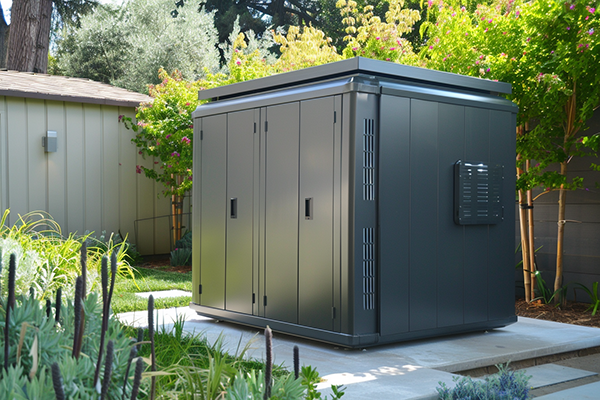
Importance of Ventilation and Cooling
When making a sheet metal enclosure, keeping it cool is key. Too much heat can harm equipment and make it less reliable. Good airflow helps parts stay cool and work better. Tests like airflow studies show how vent speed and slot size affect cooling.
I use this info to add vents, fan spaces, and removable tops. These features stop overheating and improve airflow. For outdoor use, I pick materials like aluminum that cool down fast. Good ventilation keeps equipment safe and working longer.
Tip: Think about where the enclosure will be used. Hot places need better cooling systems.
Cable Management and Internal Layout
Organized cables are very important inside a sheet metal rack mount enclosure. Messy cables can cause problems and make repairs harder. I use trays, grommets, and channels to keep cables neat. This setup improves airflow and stops overheating.
Neat cables make systems safer and more reliable.
Organized cables save time and lower repair costs.
Good airflow and cable routing keep things running smoothly.
I also plan for easy access to parts. Fixing things is simpler when cables are arranged well. For bigger setups, I leave space for future upgrades. This makes the enclosure ready for changes later.
Note: Tangled cables can cause accidents or damage. A good layout saves money and avoids trouble.
Customization Options (Finishes, Branding, and Features)
Customization helps make a sheet metal enclosure fit its purpose. I start by learning what the project needs. This includes how it should look and work. Studies show that customization improves design and user satisfaction.
Learn Project Needs: Understand what the enclosure must do and look like.
Focus on Looks: A good design makes users happy and boosts sales.
PCB Enclosure Design: Custom designs improve how the enclosure works.
I pick finishes based on where the enclosure will be used. Powder coating lasts in tough places, while chem film stops rust without changing size. Adding logos and colors makes the enclosure look professional.
I also add features like panels that can be removed, modular designs, and strong locks. These extras make the enclosure more useful and flexible.
Tip: Customization isn’t just about looks. It makes the enclosure work better for specific needs.
Installation and Maintenance of Sheet Metal Enclosures
Best Practices for Installation
Installing an enclosure the right way makes it last longer. First, pick a size that fits your equipment. Leave space for airflow and future upgrades. Mount the enclosure securely to keep it steady. Think about temperature and humidity when choosing the spot. Make sure it’s easy to reach for repairs or checks.
Here are some helpful tips:
Use proper tools to shape the metal evenly.
Keep the design simple to avoid mistakes.
Match NEMA and IP ratings to the environment.
Following these steps makes installation easier and ensures the enclosure works well.
Cleaning and Maintenance Guidelines
Taking care of the enclosure keeps it working like new. Check it often for damage, rust, or wear. Pay attention to seals and vents. Clean it regularly with safe solutions to remove dirt and dust.
Here’s a simple routine:
Look for damage on seals, hinges, or other parts.
Clean off dust to keep airflow smooth.
Lubricate locks and hinges for easy movement.
Fix any problems quickly to avoid bigger issues.
Teach workers how to handle maintenance properly.
This routine helps the enclosure last longer and stay reliable.
Ensuring Long-Term Durability
Strong enclosures protect equipment for years. Tests help check how tough the metal is. Tensile tests show how much pulling force it can handle. Impact tests check if it can take sudden hits. Fatigue tests see if it stays strong after repeated use.
Picking materials that pass these tests ensures the enclosure stays tough and dependable.
Tip: Good installation and regular care are just as important as strong materials for long-lasting enclosures.
Picking the right sheet metal rack mount enclosure needs careful thought. I look at size, material, environment, and safety rules. These choices keep my equipment safe and working well.
Pro Tip: Think about what you need before buying. A good enclosure saves money and avoids problems later.
Foxsen makes custom enclosures for different needs. Their designs are strong, useful, and stylish. Choosing wisely means your equipment stays safe for years. Check out Foxsen’s options now to find the best one for your project!
FAQ
What is the best material for outdoor enclosures?
Stainless steel is great for outdoor enclosures. It doesn’t rust and handles bad weather well. Aluminum is another good choice. It’s light and doesn’t corrode, making it perfect for wet places. Always pick a material that suits the environment.
Tip: Look at the NEMA or IP rating for outdoor strength.
How do I choose the right size for my enclosure?
Measure your equipment first. Leave space for cables, airflow, and upgrades. A small enclosure can overheat or damage parts. For example, medium systems fit in 24 x 18-inch enclosures. Bigger setups may need 36 x 30 inches or larger.
Can I customize my enclosure for branding?
Yes, you can customize it. Add logos, colors, or finishes to match your brand. Powder coating is strong, while chem film stops rust without changing size. Features like removable panels or modular designs make it more useful.
Note: Customization improves how it looks and works.
How do I maintain my sheet metal enclosure?
Take care of it regularly. Clean off dirt with safe cleaners. Check seals, hinges, and locks for damage. Lubricate moving parts and fix problems quickly. A simple routine keeps it safe and reliable for a long time.
What are NEMA and IP ratings, and why do they matter?
NEMA and IP ratings show how well an enclosure blocks dust, water, and more. For outdoor use, NEMA 4 and IP65 are great choices. These ratings help you pick the right enclosure to keep equipment safe.
